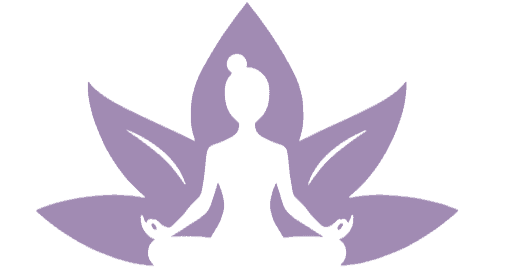Padha Bandha is the secret to happy feet. And when your feet are strong and flexible – happy, then the rest of your body can build its strength and mobility on that.

What is Pada Bandha?
Translated from Sanskrit pada means foot and bandha means lock. So Pada Bandha is translated to Foot Lock.
Bandhas in yoga, like Mula bandha, can ‘lock’ life energy aka prana in the body and let this energy flow to where it is needed most.
We have three major bandhas and two minor bandhas. The major bandhas are:
- Mula Bandha: the root lock
- Uddiyana Bandha: the stomach lock
- Jalandhara Bandha: the throat lock
Minor bandhas of Yoga are:
- Pada bandha: the foot lock
- Hasta bandha: the hand lock
When practicing Pada bandha, we are rooting our feet and building a strong foundation for our bodies. This means, that the more we strengthen the many muscles in our feet, the stronger we can move the rest of our body.
Benefits of Pada Bandha
To get a better understanding of the many benefits of the foot lock we have to take a quick look at our feets’ anatomy.
The foot is made up of longitudinal and transversal arches. These arches allow our feet to support the weight of our body.
There are over 20 muscles in the foot that provide stability for these arches. In order to prevent these arches from “collapsing” and to keep our feet strong, flexible, and healthy it is essential to strengthen these muscles.
Foot gymnastics, walking bare feet, and climbing are all great ways to exercise the muscles of your feet. Engaging pada bandha during your yoga practice is another great way to bring awareness into your feet.
Physical Benefits:
- Strengthens the arches of the feet
- Engages the muscles of the lower body
- It serves as a strong and stable foundation for the body
- Provides an optimal alignment of the joints.
- Awakens and engages the spine’s muscles by connecting with Mula- and Uddiyana bandha.
- Reduces fallen arches by strengthening the muscles.
Energetic Benefits:
- Provides centeredness
- Improves balance and stability
Padha Bandha Technique
- Start at the top of your mat in an upright position, heels together and big toes touching.
- Take a deep breath in and on your exhale close your eyes.
- Start to focus your awareness on your feet and on your stance.
- On your next inhale lift all your toes from the mat, then on the exhale, concentrate on your big toe and on your small toe and press them firmly on your mat.
- Try to imagine lifting the middle part of your sole, deepening the arch of your feet whilst firmly grounding yourself with your heel, and your toes.
- Hold this engagement of your feet. Take a moment to notice if you can feel how your core automatically engages by activating your feet.
Final Thoughts

The health of our feet is of utmost importance. Without a strong foundation, we can’t build a stable house. The same applies to our feet and body.
Have you ever heard that it is important to drop your shoes sometimes and walk bare feet. Or that you should let toddlers walk barefoot as much as possible. The reason behind this is that the soles of our feet act like sensory organs. It takes in the environment over which we move.
The more we walk barefoot the more we train our feet and strengthen the muscles of the arches of our feet and the better the alignment of our ankles, knees, and hips become. Our whole posture can improve just by strengthening our feet.
Practicing Pada Bandha frequently has the same effect. Additionally, it brings our awareness inwards to our energy body, which is a great way to ground ourselves.
So, on your next yoga session, start off with some strengthening and mobility exercises for your feet and practice pada bandha.
Whilst doing so, think of the amazing work your feet do every day, then close your eyes, place your hands together in Namaste mudra, and bow to your feet in gratitude.
Namaste.
FAQ’s
What is pada bandha in yoga?
Translated from Sanskrit, pada bandha means foot lock. It is a practice of rooting yourself to the earth beneath you, by activating your stance, through your feet.
Whilst practicing pada bandha you activate the many small and underused, yet essential, muscles of your feet.
This practice builds a solid foundation on which your body is able to balance.
